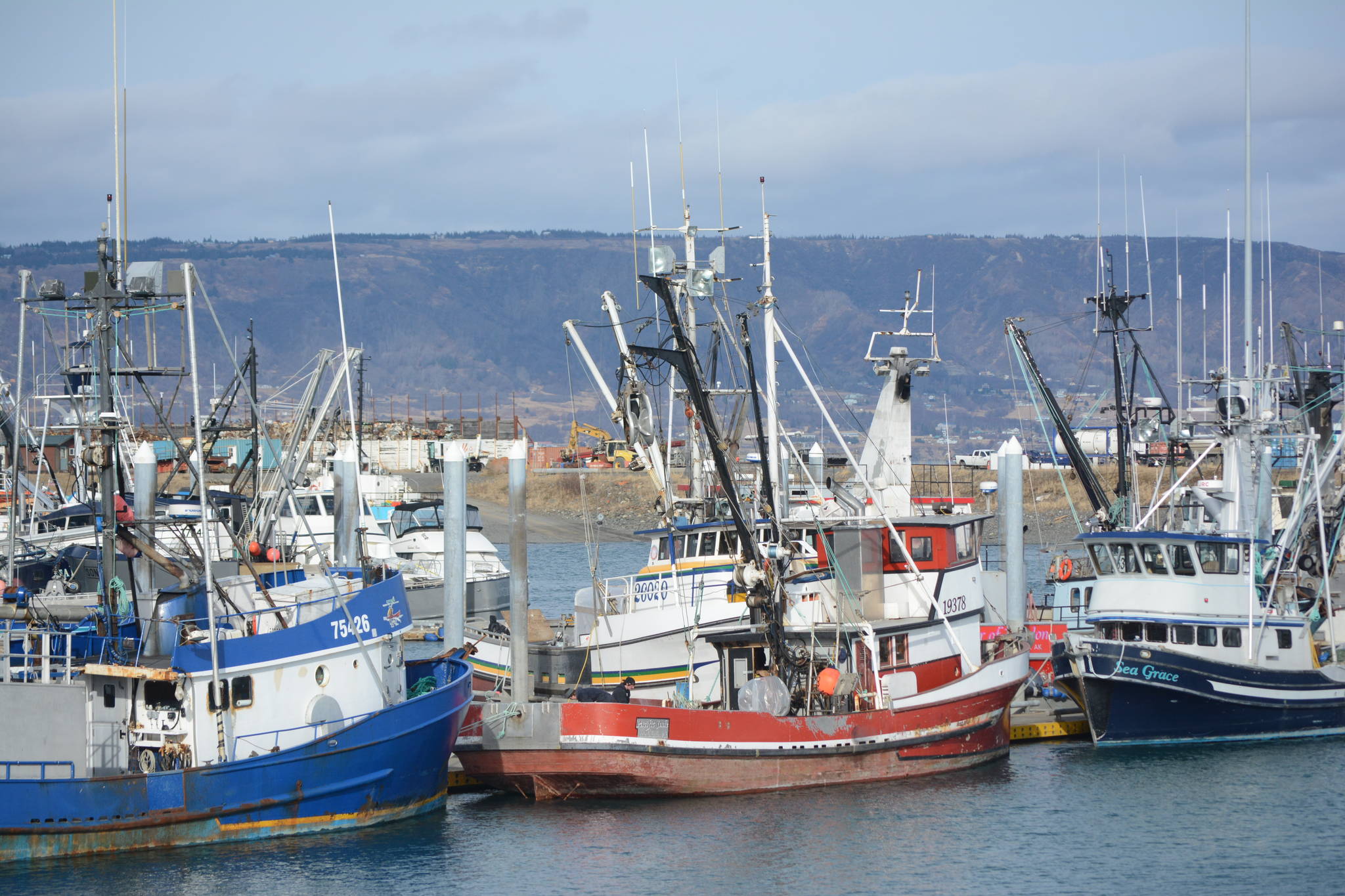Kodiak seiners were stunned by decisions from the Alaska Board of Fisheries in their meeting last week to restrict the west side of Shelikof Strait — commonly known as the Mainland— harvests of sockeye salmon and limit fishing areas from July 6 through July 31.
Most of the pressure came from Upper Cook Inlet and Chignik salmon fishermen who have historically protested changes to the Kodiak seine fishery that allowed seiners with deeper nets and skiffs with more horsepower to go farther offshore to intercept fish bound for other areas.
Alaska Fish Radio reported that the new rules affect the times fishing will be allowed and for how much. The Cape Igvak changes are aimed at letting more sockeyes get to Chignik further downstream, which has had severe fish failures in recent years.
The new plan cuts Kodiak fishermen’s take of Chignik bound sockeye by half, to 7.5% and shortens Kodiak fishing time by 20 days. It also doubles the number of sockeyes Chignik fishermen can take to 600,000 fish before Kodiak harvesters can wet their nets at the Cape.
United Cook Inlet Drift Association president David Martin told Seawatch that because the Chignik fishery has been essentially closed for two years, the move was needed.
“When that rule was first implemented was back in the late ’70s, the Igvak plan, since that time the genetic study, even though it was only a couple years, showed that predominately Chignik and Cook Inlet fish were caught there,” he said.
Martin added that a lot of the data shows that there are no significant sockeye runs on that side of Shelikof Strait, and that the local stocks predominately come in in August, so this in essence would not prevent them from catching their own local stocks. They can still harvest their own local stocks; the intention of the two proposals was to not catch non-local stocks when there are all the issues in Cook Inlet and Chignik.
He added some historical perspective.
“None of the plans prevent them, in the month of August from fishing inside the bays, just to not target on non-local stocks, and that was the direction of the Board of Fish in ’89, when this issue first came about when they first figured out they could fish the Capes, and when the weather was good they were fishing out further than the Capes, in the middle of Shelikof.
“That’s kind of, the gist of it is that applying the mixed stock policy and the allocation criteria to curtail the targeting of non-local stocks and let them go to their natal systems in Chignik and Upper Cook Inlet because of both their financial hardships.”
Martin said that in that 20-day time frame Kodiak fishermen have intercepted up to 700,000 to 800,000 UCI-bound sockeye salmon.
Martin added that there were many other issues that would determine whether or not UCI salmon fishermen would see any immediate results in the upcoming season.
“We’ve got a lot of other issues with the over-riding of the management plans by the commissioner like what happened in the past year, but it should allow for more fish of Cook Inlet origin to come through from Kamishak clear up to the Susitna drainage,” he said.
“We want (Kodiak) to catch every single one of their local fish and Cook Inlet doesn’t catch any of their fish or Kodiak’s local stocks, and they can harvest them inside the local bays. Two-thirds of their harvest are in August and September when the restrictions that the Board passed don’t even cover that area.”
Duncan Fields, a life-long salmon fisherman and head of the Kodiak Salmon Work Group, gave Fish Radio another perspective.
“We’re just stunned. I don’t know if we can really assess all the implications of what took place here today. What the board determined today was beyond the scope of even worst-case scenario,” he said.
Former BOF member Nick Szabo added, “What they’ve lost at Cape Igvak, I think is still within that $2.5 to $3 million range. And that’s every year. That’s like a cash register – a $3 million loss in perpetuity.”
Cristy Fry can be reached at realist468@gmail.com



